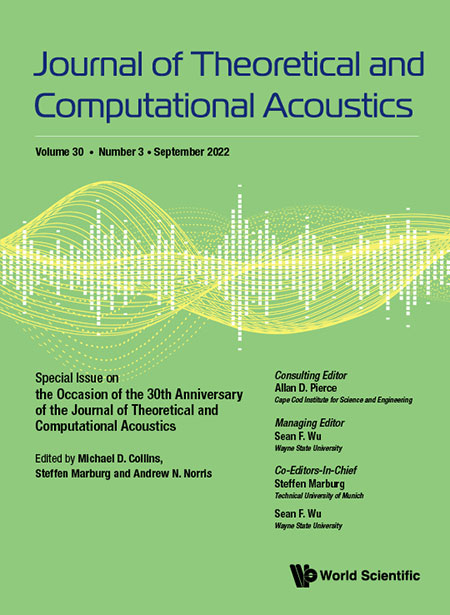Recent Advances in Acoustic Boundary Element Methods
Abstract
The modern scope of boundary element methods (BEM) for acoustics is reviewed in this paper. Over the last decades the BEM has gained popularity despite suffering from shortcomings, such as fictitious eigenfrequencies and poor scalability due to its dense and frequency-dependent coefficient matrices. Recent research activities have been focused on alleviating these drawbacks to enhance BEM usability across industry and academia. This paper reviews what is commonly known as direct BEM for linear time-harmonic acoustics. After introducing the boundary integral formulation of the Helmholtz equation for interior and exterior acoustic problems, recommendations are given regarding the boundary meshing and treatment of the non-uniqueness problem. It is shown how frequency sweeps and modal analyses can be carried out with BEM. Further extensions for efficient modeling of large-scale problems, including fast BEM and solutions methods, are surveyed. Additionally, this review paper discusses new application areas for modern BEM, such as viscothermal wave propagation, surface contribution analyses, and simulation of periodically arranged structures as found in acoustic metamaterials.
- Acoustic boundary element method
- numerical damping
- pollution effect
- CHIEF
- Burton and Miller method
- fast frequency sweeps
- model order reduction
- nonlinear eigenvalue problem
- periodic fast multipole method
- fast direct and iterative solvers
- acoustic boundary layers
- viscous and thermal losses
- boundary layer impedance
- surface contributions
- non-negative intensities
- energy densities


